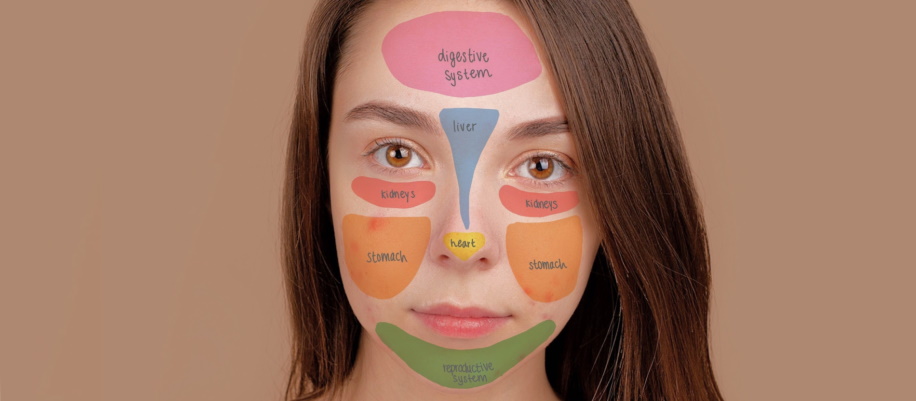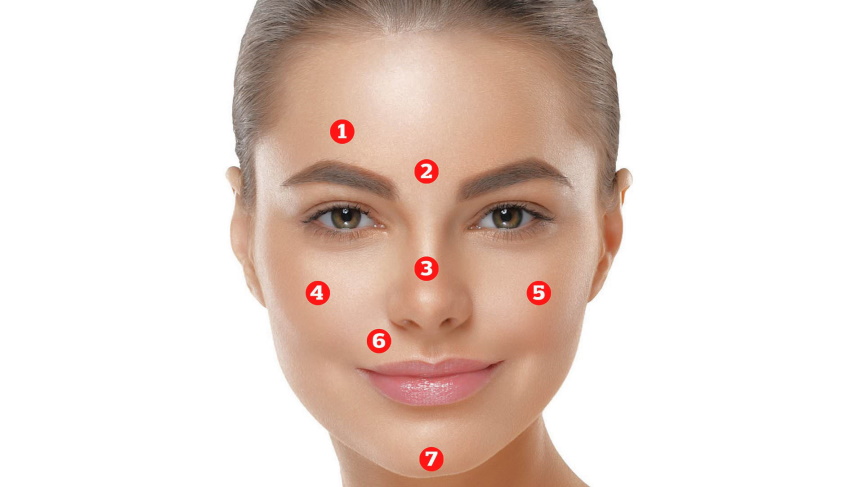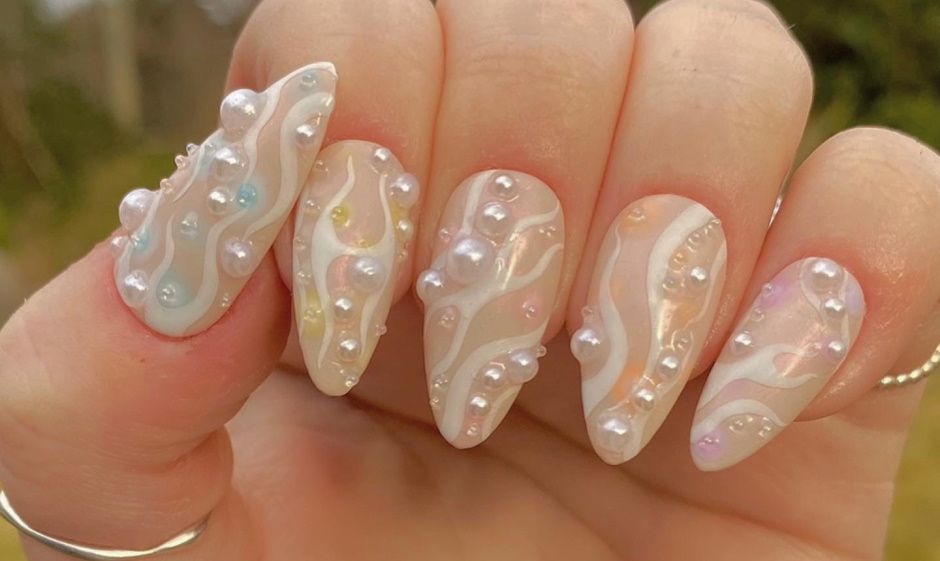Your skin is a complex, ever-changing canvas that can tell us a great deal about what’s going on inside our bodies. We all have unique faces shaped by genetics and lifestyle factors such as diet, sunlight exposure, and more—so it’s no surprise that sometimes our facial skin may give away clues to potential health issues. Face mapping is an invaluable tool to decode the secrets your face holds and shed light on what certain changes in the shape of your facial features could indicate in terms of underlying health conditions. Keep reading to discover how face mapping works, what it tells you about your overall skin health, plus essential tips along the way!
What your face is telling you with face mapping
Face mapping is a method of analyzing skin complexion, texture, and areas of congestion to determine underlying health imbalances. By observing the facial features that correspond with different organs and systems in the body, practitioners can identify potential health issues and recommend treatments to help restore balance.
The skin on our face reflects our internal environment, so paying attention to what it’s trying to tell us is important. For example, changes in color or texture can often indicate internal imbalances or deficiencies such as dehydration, poor digestion, or nutrient deficiencies. By understanding the link between your face and your health, you can use natural remedies, including lifestyle changes, nutrition, and targeted topical skincare to restore balance.

Here are some common facial features and what they could be telling you:
- Forehead – this area is associated with digestion, so any breakouts or congestion here may indicate food sensitivities.
- Cheeks – congestion and inflammation in the cheeks can often be linked to liver toxicity caused by consuming too much alcohol or processed foods.
- Nose – redness around the nose may signify an allergy, such as hay fever, while pimples on the bridge of your nose could indicate a vitamin B deficiency.
- Chin – blemishes on your chin can be related to hormonal imbalances or stress levels, while dry patches may indicate a lack of essential fatty acids in your diet.
By understanding these signs from our skin, we can take a closer look at our lifestyle and diet, make necessary changes, and ensure we take the best care of ourselves. Face mapping is an excellent way to identify potential health issues early on, so you can take the steps required to maintain balance both inside and out.
How to use face mapping to determine your skin health
Face mapping is a simple and effective way to determine the health of your skin. By looking at different areas of your face, you can identify potential problems such as breakouts, sun damage, wrinkles and dryness. Here’s how it works:

- Start with the forehead – This is where many people experience common issues like wrinkles, dryness and acne. Look closely at this area for any visible changes in texture or color that could be an indication of a skin problem.
- Move to the eyebrows – Eyebrows play an important role in facial structure but are also prone to thinning or balding due to aging or over-plucking. Pay attention if you notice changes here.
- Next comes the nose and cheeks – These areas usually indicate sun damage, as they’re often exposed to direct sunlight when people are outside. Again, check for any discoloration or excessive dryness here.
- Further down is the chin and jawline – Breakouts commonly occur in this area due to hormones and other environmental factors. Inspect closely for redness, bumps, or other signs of skin irritation.
- Last but not least is the neck – This area can be more prone to wrinkles than other parts of your face due to gravity over time. Be sure to keep an eye out for sagging or loose skin here too!
By taking a few minutes each day to look closely at your skin and observe any changes, you can become more aware of potential problems before they get too serious. This is a great way to take proactive steps toward maintaining healthy skin.
Face mapping is an easy, painless technique that requires minimal effort but can be extremely beneficial for monitoring the health of your skin! Try it out today and see what kind of results you get.







